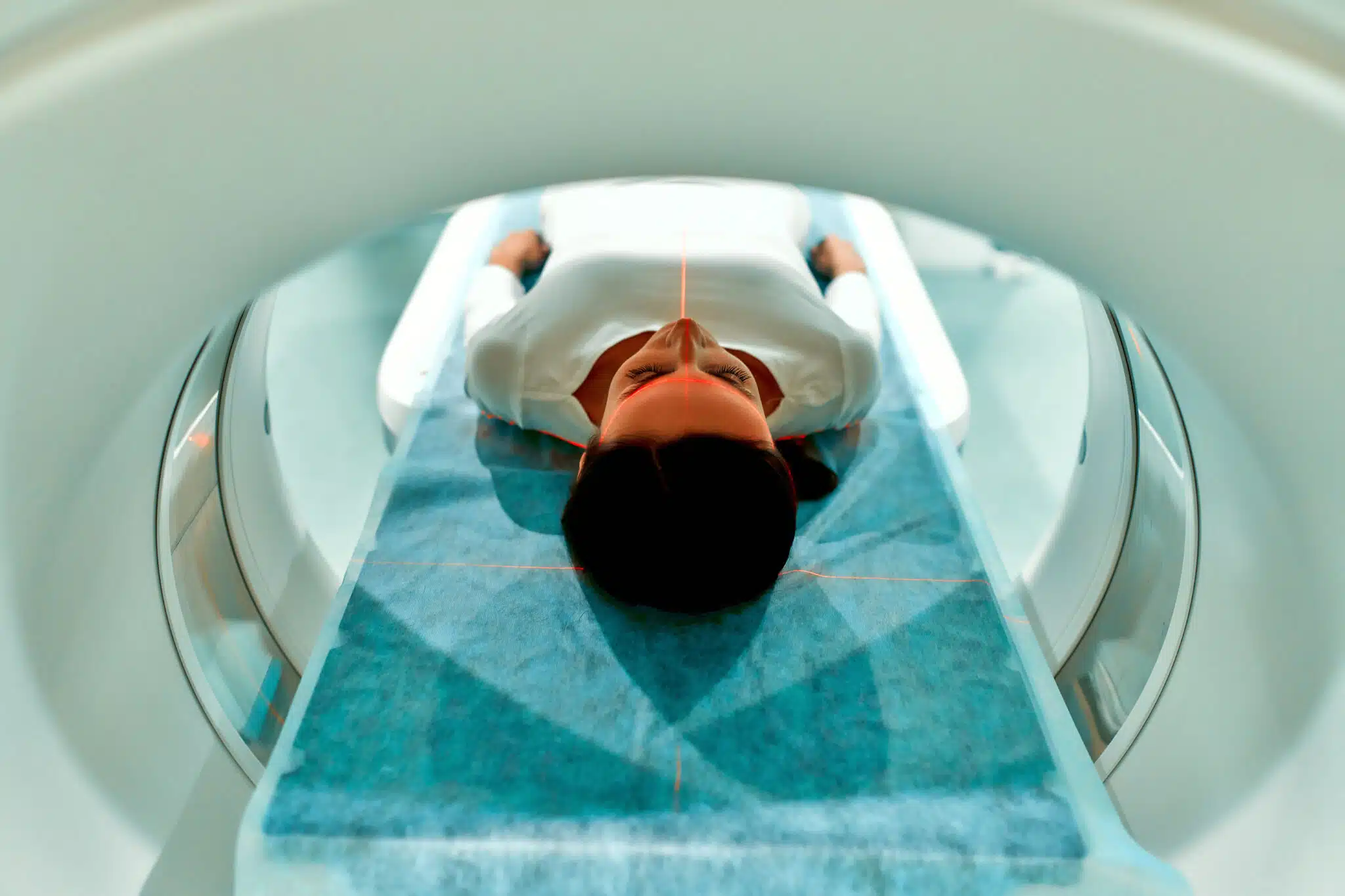Medical procedures can be intimidating, and this includes advanced imaging technology like Magnetic Resonance Imaging (MRI). For many, the idea of lying inside a large, noisy machine for an extended period can be anxiety-inducing. However, it’s important to understand that while MRIs may seem daunting, they are generally safe and crucial for accurate medical diagnoses.
Understanding the MRI Process
An MRI is a non-invasive imaging technique that uses powerful magnets and radio waves to create detailed images of the body’s internal structures. It provides invaluable information to healthcare providers about various conditions, ranging from musculoskeletal issues to neurological disorders.
Here’s what you can expect during an MRI:
- Positioning: You’ll be positioned on a padded table, which will then slide into the MRI machine. You will typically be laying only our back.
- Communication: You’ll be in constant communication with the MRI technologist via an intercom system. They’ll provide instructions and check on your well-being throughout the procedure.
- Noise Levels: MRIs are known for their loud, repetitive knocking and thumping sounds. These noises are completely normal and indicate that the machine is working as intended.
- Duration: The length of an MRI can vary depending on the type and area being scanned. Generally, it can last anywhere from 15 minutes to over an hour.
Addressing Concerns and Fears
Claustrophobia
One of the most common fears associated with MRIs is claustrophobia. If you’re concerned about feeling trapped inside the machine, inform your healthcare provider beforehand.
Relaxation Exercises
Deep breathing exercises and mindfulness techniques can help calm anxiety. Patients can practice these techniques before the procedure, and healthcare providers may encourage them during the MRI.
Anxiolytic Medications
In cases of severe claustrophobia, a healthcare provider may prescribe a mild sedative or anxiolytic medication to help the patient relax before and during the MRI. These medications may include benzodiazepines such as lorazepam (Ativan) or Alprazolam (Xanax).
Open MRIs
Some medical facilities offer open MRI machines as an alternative to the traditional closed machines. Open MRIs have a more spacious design and can be less confining for individuals who experience claustrophobia.
Noise Levels
The loud sounds of an MRI can be unsettling. Wearing earplugs or headphones playing soothing music can help drown out the noise and make the experience more comfortable.
Communicate with Your Technologist
Don’t hesitate to let the MRI technologist know if you’re feeling anxious or uncomfortable. They are there to ensure your well-being and can provide reassurance or make adjustments as needed.
